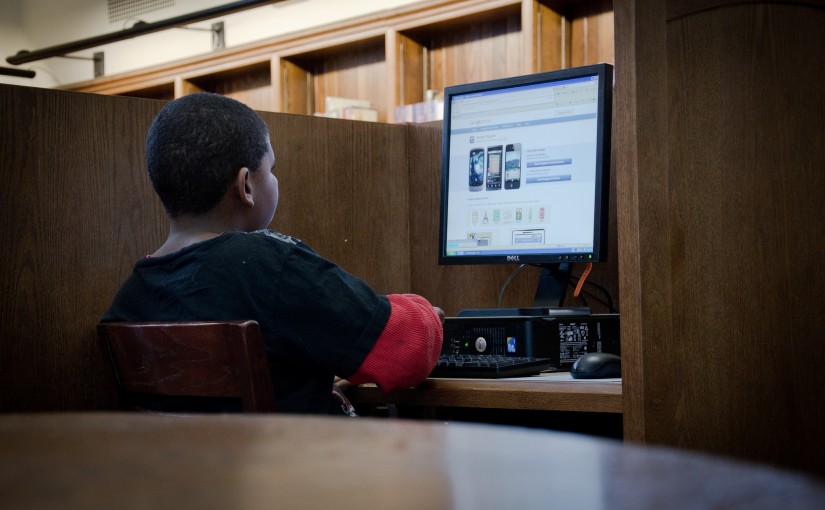Tag: teachers
-
15 Must-Try 100th Day of School Activities
Everything from creative collections of 100, craft projects, math games, to writing projects and more! 1. Make a class list of 100 words the children can spell on their own. 2. Make art with 100 dot stickers. 3. Make a list of 100 things as a class they wish they had and 100 things they…
-

How Does ASD Affect Mood and Anxiety?
Autistic people are often anxious. If you have ever been around an autistic person when they are overloaded, you will know that the overload brings anxiety with it as the autistic person cannot cope with something going on in their environment that they are expected to process. If you are the parent or caregiver of…
-

Do Spectrum Children Feel Emotion Like Everyone Else?
There are many stereotypes surrounding autism. One of the most insidious is that autistic people do not feel emotions. Many people see the autistic person as overly logical and even slightly robotic, and like the Dustin Hoffman character in the movie Rain Man, these people view them as an impenetrable collection of tics. As any…
-

Tips For Reaching Students With Autism
Teaching a student with autism can be a challenge. Their learning styles are often different from those of most other students, and it may even seem that they are taking no interest in the lessons. Usually, however, this is not the case, and the student is simply overwhelmed and needs lessons tailored to the way…
-

The Importance of Teacher Appreciation Year-Round
Most people have that one teacher that they will never forget, the person who taught them to think outside the box, to believe in themselves. Many communities have Teacher Appreciation Week. Sometimes, students buy their teachers gifts for the holidays. However, those are just a few days a year events. Teacher appreciation needs to be…
-

How the School Library Promotes Independent Learning
Although school libraries’ role is shifting in the digital age, they are still a critical resource for students in fostering the skills for independent learning. The Internet has changed how information is consumed, and some have even questioned whether libraries still have a role in the modern school system. However, libraries have and continue to adapt, offering…
-

20 Ways to Show Appreciation for Teachers
Teacher Appreciation Day this year is May 3. What are you doing to appreciate the teachers in your life or in the lives of your family? If you do not yet know what you will be doing, then please allow me to offer some suggestions. After all, teachers do some of the hardest work in…
-

Do Strong Libraries Boost Student Achievement?
In a time when budgets are tight, every aspect of education is assessed for its value, and school libraries are no exception. Do school libraries contribute significantly to student achievement? Research into the answer to this important question dates to the 1960s. And for just as long, a strong correlation has been found between library…
-

School Libraries: Adapting to the Digital World
Libraries may be traditionally thought of as buildings were books are kept, but in a digital world, libraries are changing to become much more. As libraries evolve to the Information Age, they are taking on completely new models that focus on different kinds of resources and spaces. However, the goals of libraries—especially school libraries—remain the…
-

Mother’s Day Crafts for the Classroom
If you are a teacher, Mother’s Day is an excellent time to get your students’ creative juices flowing. Celebrating an important female relative in a child’s life, whether they are a mother or not, gives students both a chance to show those people how they feel and a chance to stretch their imaginations. As a…